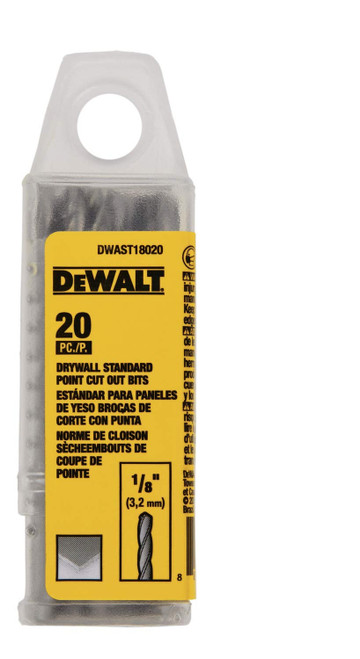Merchandising Standards
In a retail landscape dominated by mergers, acquisitions, and take-overs, the battle is on to see who will survive as the leader in almost every category of product and services. Is it enough to merely share your vision and mission statements, change the signs and expect your big new happy team of staff to `get it' by osmosis? Not from the customers' standpoint, and here's why...
Customers respond based on gut feelings

Customers don't know or even care if you have a documented set of merchandising standards in place - they can sense it! If a customer walks into a store that is disorganized, dirty, cluttered or confusing - they'll just get that "Uh Oh!" feeling and leave. Never to return!
One bad experience in one store in your chain can mean a lost customer for life, or as many as seven lost customers if they share their bad experience with others they know, as most will.
Old habits die hard

We're human - we are conditioned from an early age to `follow the rules'. Over time and with changes in retail ownership, strategy, etc., the rules may change, but the old way of operating is still engrained. Unless expectations are clearly documented, there will be as many versions of `the rules' as there are vintages of stores and staff in your organization. It's not that anyone is intentionally sabotaging the corporate image; it's more a case of people not knowing better!
Yes, you want to build a culture that encourages leadership and ownership, but if the standards are not clear, the interpretations will vary. Do the signs go this way? or that way? What should be in the first zone on any given day? Should the product be side facing or front facing? These are just a few examples of nebulous areas in most chains' communication to store operators.
The obvious isn't always so obvious

Common sense does not always prevail. Some of the `rules' need to be challenged from time to time, to ensure they make sense from the customers' vantage point.
Here's a little scenario that transpired recently while we were assisting a client to develop merchandising standards: Our store visits revealed that most stores in the chain had empty holes on the shelves. When we asked `Why?', the stores replied that they were instructed to leave facings empty while they were awaiting an order of product.
The buying groups agreed - if the stores were to fill the gap with another product or `double face' items, they might forget to order the out-of-stock product or not know where to put it when the product eventually arrives. "Yes, we've always done it that way...", was the unified response.
We challenged this 'standard' with senior management, who were horrified to hear that this practice existed for years. Let's do the hypothetical math! The average store has about 12 `empty facings'. The average price of merchandise in the store is $3. The company has 300 stores in the chain. That equates to about $36/day in lost potential sales per store, and a whopping $10,800. per day for the company. Assuming the stores are open 365 days/year, that's almost $4M annually! Need we say more?
Where do you begin?

To begin the process of developing Merchandising Standards, you will need to collect every piece of merchandising direction you have sent to the stores in the last year or so, including any merchandising standards that existed prior to acquiring or merging with a former competitor. A thorough analysis of these bits and pieces of paper will determine what store operators are likely to perceive as your standards.
Next step is the "reality check" - are these the guiding principles that fit within your current strategy? Developing Merchandising Standards is a team effort, requiring the input of all divisions including marketing, merchandising, real estate, store planning and operations. Consensus among all divisions is mandatory in order for standards to be set. Often, the process of discussing each group's interpretation of the standards brings forth illuminating new ideas about how to grow sales and profits and solidifies teams to work together for the greater good of the organization. The resulting standards benefit everyone in the organization because there is now one 'song sheet' from which to sing in harmony.
The final steps of the process are documentation, communication and re-training. Once the stores are clear on the standards, a continuous follow up mechanism will ensure that your stores do not become victims of old standards and habits. Your customers will thank you for it!










